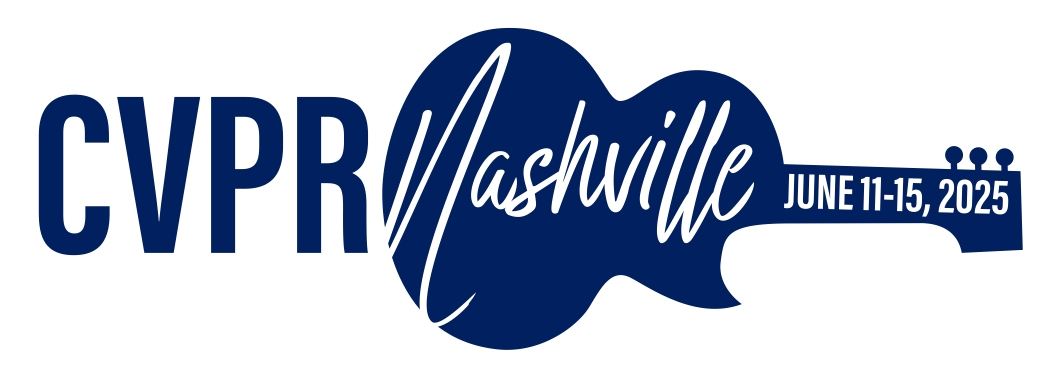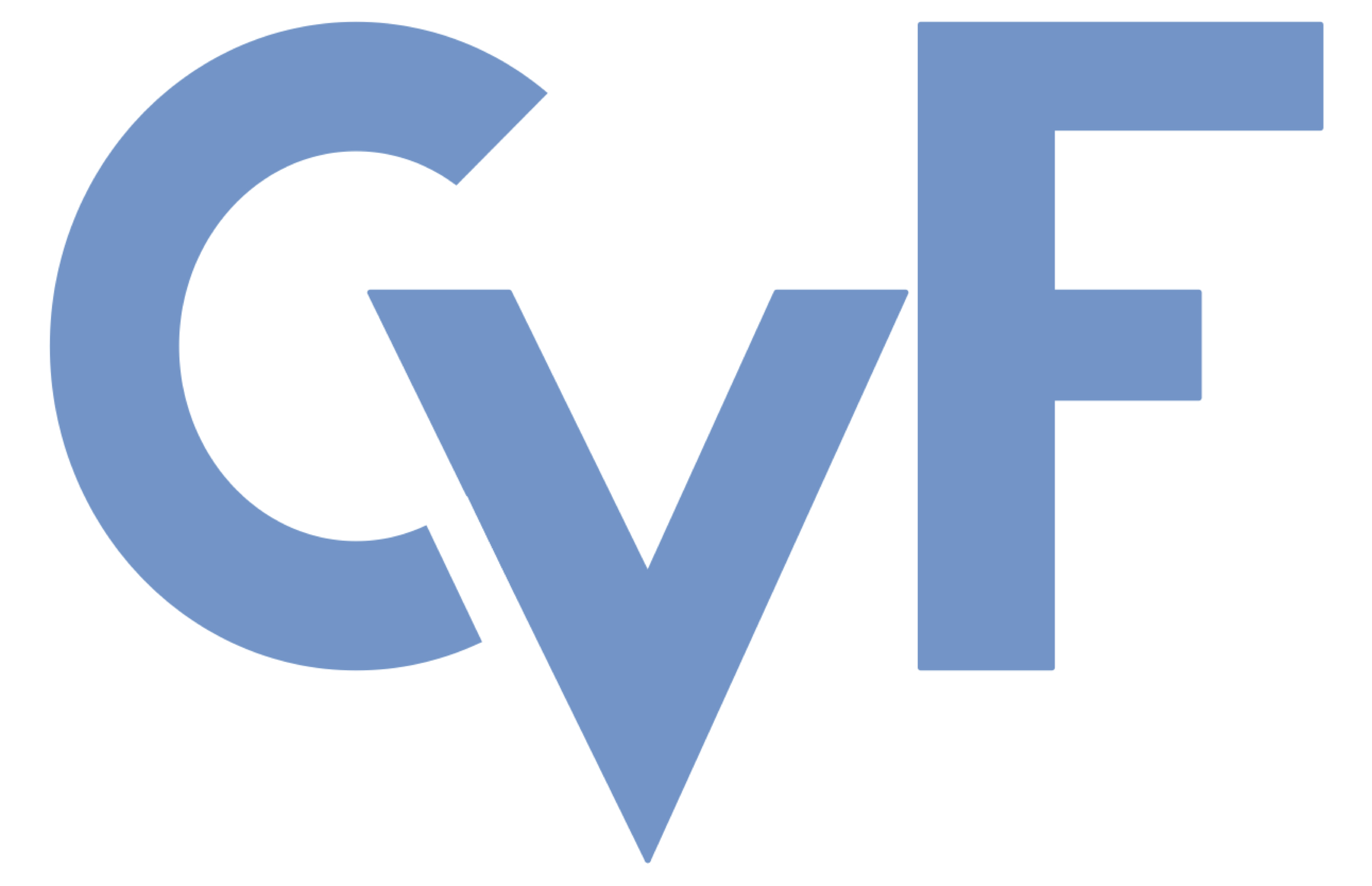-
[pdf]
[supp]
[arXiv]
[bibtex]@InProceedings{Luo_2025_CVPR, author = {Luo, Yuan and Hoffmann, Rudolf and Xia, Yan and Wysocki, Olaf and Schwab, Benedikt and Kolbe, Thomas H. and Cremers, Daniel}, title = {RADLER: Radar Object Detection Leveraging Semantic 3D City Models and Self-Supervised Radar-Image Learning}, booktitle = {Proceedings of the IEEE/CVF Conference on Computer Vision and Pattern Recognition (CVPR) Workshops}, month = {June}, year = {2025}, pages = {4461-4470} }
RADLER: Radar Object Detection Leveraging Semantic 3D City Models and Self-Supervised Radar-Image Learning
Abstract
Semantic 3D city models are worldwide easy-accessible, providing accurate, object-oriented, and semantic-rich 3D priors. To the best of our knowledge, their potential to mitigate the noise impact on radar object detection remains under-explored. In this paper, we first introduce a new dataset, RadarCity, comprising 54K synchronized radar-image pairs with semantic 3D city models collected in Munich, Germany. Moreover, we introduce a novel neural network, RADLER, leveraging the effectiveness of contrastive self-supervised learning (SSL) and semantic 3D city models to enhance radar object detection of pedestrians, cyclists, and cars. Specifically, we first obtain the robust radar features via a SSL network in the radar-image pretext task. We then use a simple yet effective feature fusion strategy to incorporate semantic-depth features from semantic 3D city models. Having prior 3D information as guidance, RADLER obtains more fine-grained details to enhance radar object detection. We extensively evaluate RADLER on the collected RadarCity dataset and demonstrate average improvements of 5.46% in mean average precision (mAP) and 3.51% in mean average recall (mAR) over previous radar object detection methods. Our project page is publicly available at https://gpp-communication.github.io/RADLER.
Related Material





